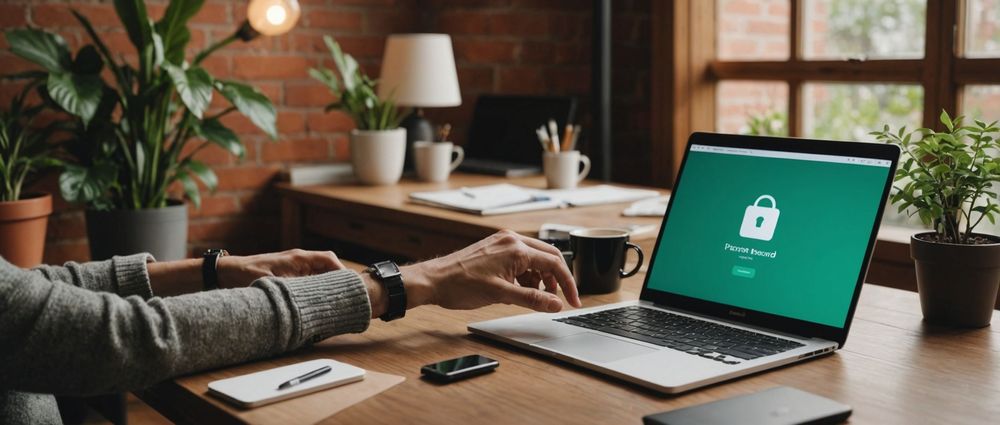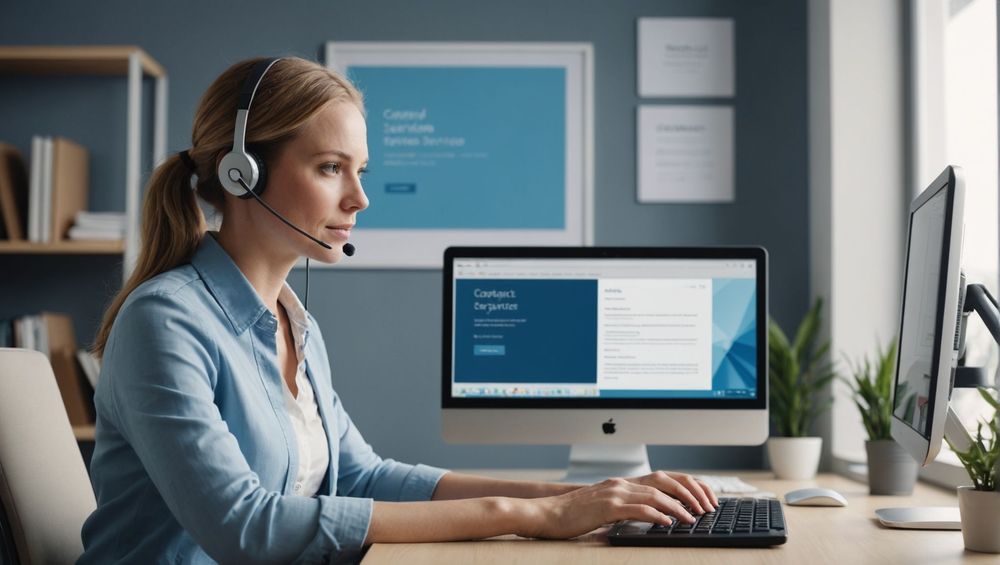The increasing prevalence of cyber threats makes securing your WordPress site more critical than ever. In this article, we explore the essential steps you need to take to bolster your site’s defenses in 2024. By following these guidelines, you can significantly reduce the risk of unauthorized access and data breaches.
1. Keep WordPress, Themes, and Plugins Updated

One of the primary vulnerabilities in WordPress sites is outdated software. Developers frequently release updates that patch security holes. Ignoring these updates leaves your site exposed to exploits. Make sure to regularly update WordPress core, themes, and plugins. Enabling automatic updates can streamline this process and ensure that you’re always running the latest version.
To enable automatic updates for themes and plugins, navigate to your WordPress dashboard, find the “Updates” section, and configure your settings accordingly. Additionally, removing unused or outdated plugins and themes minimizes potential entry points for hackers.
2. Implement Strong Password Policies

Weak passwords are a common entry point for hackers. Enforcing robust password policies for all users can drastically improve your site’s security. Passwords should be complex, containing a mix of upper and lower case letters, numbers, and special characters. Use a minimum of 12 characters to ensure adequate strength.
Consider utilizing password managers to store and generate secure passwords. Another crucial step is to avoid reusing passwords across different sites. Two-factor authentication (2FA) also adds an additional layer of security by requiring a second form of verification.
3. Limit Login Attempts

Limiting login attempts is an effective strategy to prevent brute-force attacks. By restricting the number of failed login attempts, you can protect your site from automated hacking tools that try different password combinations. Once the limit is reached, the IP address is temporarily blocked.
You can achieve this by installing and configuring a plugin designed for the purpose. Both free and premium options are available, offering varying levels of customization and protection. Alongside this, implementing Captchas can further validate legitimate users while deterring bots.
4. Regular Backups
Regular backups are essential for recovering your site in the event of a security breach. Schedule backups to occur automatically at least once a week and before making significant changes to your site. Store backups in multiple locations, including the cloud and offline storage, to ensure data availability even if one source becomes compromised.
Several plugins offer automated backup services with features like easy restoration and remote storage integration. This added layer of security ensures that you can quickly restore your site to a functional state after an incident.
5. Use Reliable Security Plugins
Security plugins can act as an additional barrier against threats. These plugins provide features such as malware scanning, firewall protection, and security auditing. Installing a reputable security plugin is vital for maintaining a secure WordPress site.
When choosing a security plugin, look for one that offers comprehensive coverage, including malware detection, real-time threat defense, and activity monitoring. Some popular options include Wordfence, Sucuri, and iThemes Security.
Activate the plugin’s features to get the most out of it, customizing settings to suit your specific needs. Regularly check for updates to the plugin and keep it current to benefit from the latest security enhancements.
Conclusion
Securing your WordPress site in 2024 is a multi-faceted endeavor that requires diligence and proactive measures. By keeping your software updated, enforcing strong password policies, limiting login attempts, performing regular backups, and using reliable security plugins, you can greatly enhance your site’s security. Implement these steps to protect your website from potential threats and ensure its longevity and reliability.
FAQ
1. How often should I update my WordPress site?
You should check for updates at least once a week and apply them immediately to ensure your site is protected against known vulnerabilities.
2. What constitutes a strong password?
A strong password contains a mix of upper and lower case letters, numbers, and special characters, with a minimum length of 12 characters.
3. Can I automate backups for my WordPress site?
Yes, several plugins offer automated backup services, allowing you to schedule regular backups and store them in different locations.
4. Which security plugins are best for WordPress?
Popular and reliable security plugins include Wordfence, Sucuri, and iThemes Security. They offer comprehensive features like malware scanning and real-time threat defense.
5. Why should I limit login attempts on my site?
Limiting login attempts helps to prevent brute-force attacks by blocking suspicious IP addresses after a certain number of failed login attempts.


